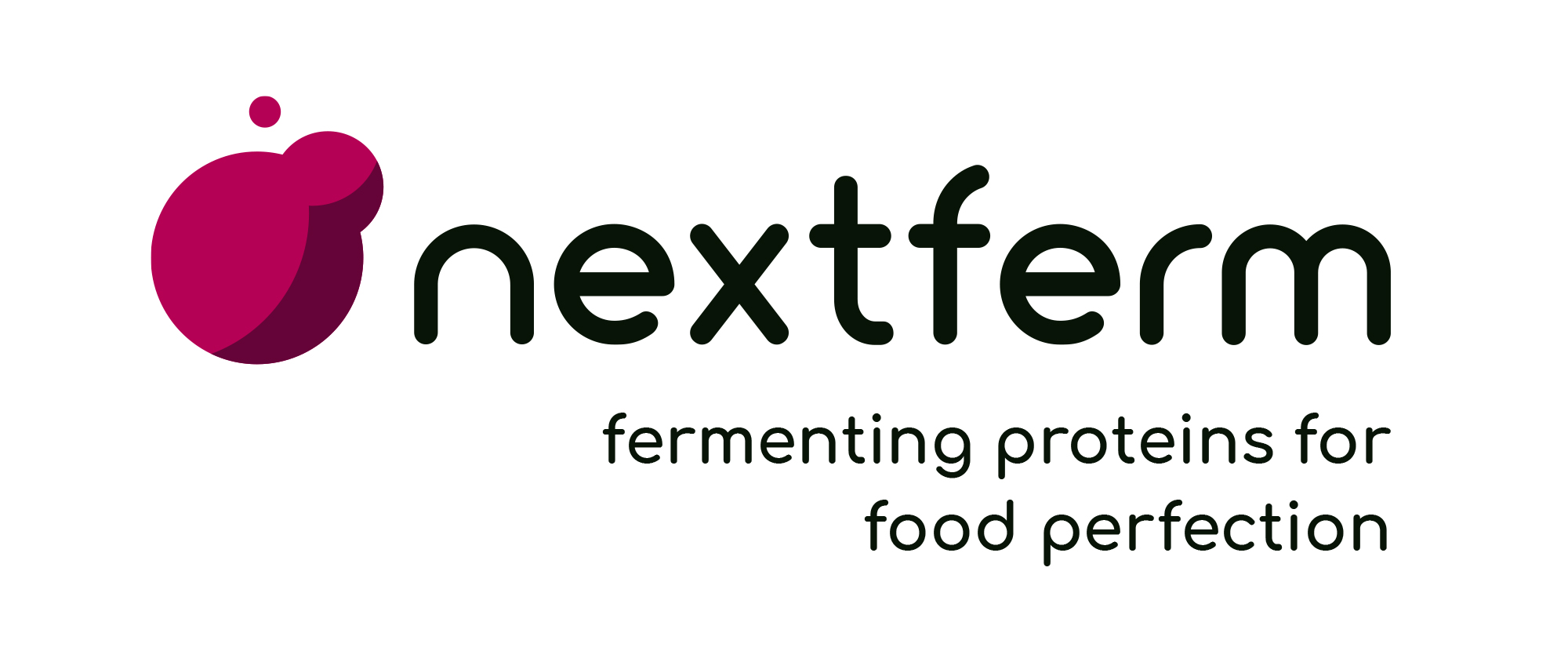 News Release
News ReleaseCleverTap Recognized by Great Place to Work® Among India’s Great Mid-size Workplaces
CleverTap
CleverTap, the modern, integrated retention cloud, has been recognized by Great Place to Work® India as one of India’s Great Mid-size Workplaces 2022. CleverTap is recognized for creating and sustaining a high-trust, high performance work culture. In its 6th edition this year for India, the list has grown to include the top 75 companies, up from the top 50 until last year. The rigorous methodology to assess workplace culture and identify India's Great Mid-size Workplaces 2022 is considered the gold standard globally. In the Great Place to Work® India study, they have observed that the Great Mid-size Workplaces have gone above and beyond to create and sustain aspirational organizations. Effective leadership is visible in these workplaces that are fostering a culture of fairness and originality, while offering flexibility to their employees in the current hybrid work environment. Organizations that succeed in establishing high-trust, high-performance cultures, and maximizing human potential by bridging experience gaps, will be Great Places to Work For All in the future. “We’re very excited to be recognized by Great Place to Work® India as one of India’s Great Mid-size Workplaces. Even before the pandemic hit, we believed that an empathetic and flexible work culture is the essence of an organization’s growth,” says Sidharth Malik, Chief Executive Officer, CleverTap. “Our employees and their holistic well-being have always been the top priority for us. The recognition by Great Place to Work® India is a testament to our commitment of building a workplace that is inclusive and driven, and one that provides its people an environment to thrive and succeed in everything they do.” “With homes becoming an extension of people's workplaces, this year companies around the world were challenged to put their people at the center of their strategies. But the organizations that invested in their culture and people before the pandemic have overcome these challenges effortlessly. Being recognized as one of India’s Best Workplaces 2022 demonstrates these organizations' commitment to improving their culture and putting their people first, whatever challenges they face,” says Yeshasvini Ramaswamy, CEO, Great Place to Work®, India. As a global authority on workplace culture, Great Place to Work® has been studying employee experience and people practices across organizations for over three decades. Every year, more than 10,000 organizations from over 60 countries partner with Great Place to Work® Institute for assessment, benchmarking, and planning of actions to strengthen their workplace culture. About CleverTap CleverTap is the modern, integrated retention cloud that empowers digital consumer brands to increase customer retention and lifetime value. CleverTap drives contextual individualization with the help of a unified and deep data layer, AI/ML-powered insights, and automation enabling brands to offer hyper-personalized and delightful experiences to their customers. 1,200+ customers in 60+ countries and 10,000+ apps, including Gojek, ShopX, Canon, Mercedes Benz, Electronic Arts, TED, Jio, Premier League, TD Bank, Carousell, Papa John’s, and Tesco, trust CleverTap to achieve their retention and engagement goals, growing their long-term revenue. Backed by leading venture capital firms, including Sequoia, Tiger Global Management, and Accel, the company is headquartered in Mountain View, California, with offices in Mumbai, Singapore, Sofia, São Paulo, Bogota, Amsterdam, Jakarta, and Dubai. For more information, visit clevertap.com or follow on LinkedIn and Twitter. Forward-Looking Statements Some of the statements in this press release may represent CleverTap’s belief in connection with future events and may be forward-looking statements, or statements of future expectations based on currently available information. CleverTap cautions that such statements are naturally subject to risks and uncertainties that could amount in the actual result being absolutely different from the results anticipated by the statements mentioned in the press release. Factors such as the development of general economic conditions affecting our business, future market conditions, our ability to maintain cost advantages, uncertainty with respect to earnings, corporate actions, client concentration, reduced demand, liability or damages in our service contracts, unusual catastrophic loss events, war, political instability, changes in government policies or laws, legal restrictions impacting our business, impact of pandemic, epidemic, any natural calamity and other factors that are naturally beyond our control, changes in the capital markets and other circumstances may cause the actual events or results to be materially different, from those anticipated by such statements. CleverTap does not make any representation or warranty, express or implied, as to the accuracy, completeness or updated or revised status of such statements. Therefore, in no case whatsoever will CleverTap and its affiliate companies be liable to anyone for any decision made or action taken in conjunction with the information and/or statements in this press release or any related damages Contact Details Sony Shetty sony@clevertap.com Company Website https://clevertap.com/
June 24, 2022 03:18 AM Eastern Daylight Time







